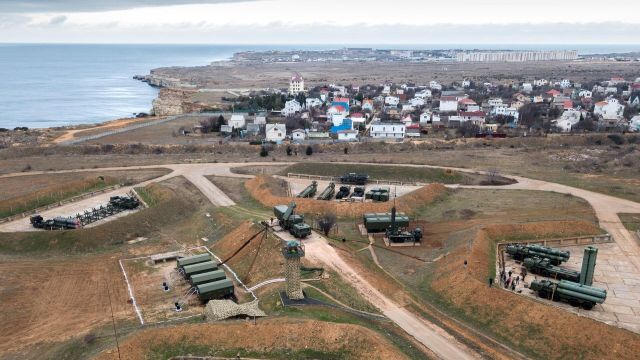On February 12, 1999, the S-400 air defense system was fired for the first time
MOSCOW, Feb 12 — RIA Novosti, Andrey Kotz. This anti-aircraft missile system is the longest—range in the Russian Armed Forces and is considered by many experts to be the most effective in the world. Exactly 25 years ago, on February 12, 1999, the first demonstration launches of S-400 Triumph missiles took place at the Kapustin Yar test site in the Astrakhan region. Since 2007, it has been guarding the Russian sky, and is now actively used in the SVO zone. However, it will soon be replaced by an even more advanced technique.
The heir of the "Favorite"
The S-400 air defense system is the development of the famous Soviet S—300 complexes, or rather, the S-300PM2 "Favorite". The same structure, including a multifunctional radar, launchers, autonomous detection and targeting devices. However, the automation of combat operations, the element base are much better, and the possibilities of integration into various levels of control — not only the aerospace forces, but also other types of troops - have been expanded.
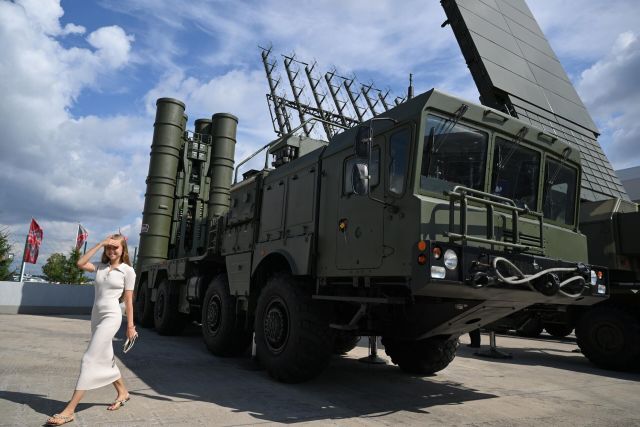
S-400 anti-aircraft missile system at the International Military-Technical Forum "Army-2023"
Image source: © RIA Novosti / Maxim Blinov
Triumph is a medium— and long-range anti-aircraft missile system designed for highly effective protection of the most important political, administrative, economic and military facilities from air strikes, strategic cruise, tactical and operational-tactical ballistic missiles, large drones in conditions of combat and electronic countermeasures. It can be used day and night, in any physical, geographical, weather and climatic conditions.
The air defense system includes a combat control point with a radar detection system (RLC), up to six anti—aircraft missile systems, each with a radar station (radar) and up to 12 launchers (PU) with two types of anti-aircraft missiles. The attached means are an all—altitude radar and a mobile tower for an antenna post. It looks cumbersome, but the deployment time from marching to combat does not exceed 15 minutes.
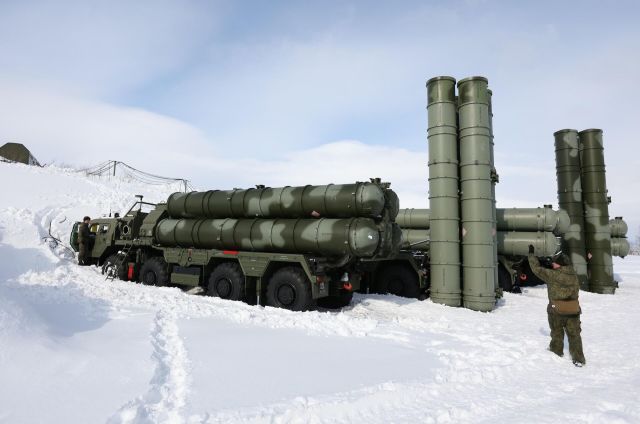
Servicemen at the S-400 Triumph anti-aircraft missile system of the Russian Navy at the Gadzhievo training ground in the Murmansk region
Image source: © RIA Novosti / Pavel Lvov
All Triumph combat vehicles are mounted on high-terrain self-propelled wheeled chassis, have built-in autonomous power supply, topography, communications and life support systems. For long-term continuous operation, the possibility of power supply from external power supply means is provided.
The longest-range
In terms of tactical and technical characteristics, the Triumph surpasses any Western air defense system. The target detection range is up to 600 kilometers. The complex is capable of hitting aerodynamic objects moving at a speed of 4,800 meters per second at a distance of up to 380 kilometers at altitudes from five meters to 30 kilometers. The system destroys ballistic targets at altitudes up to 60 kilometers. Each air defense system can fire at up to 80 targets at the same time.
The distance at which the Triumph intercepts an aircraft or a large drone depends on the type of ammunition. The 48H6E, 48H6E2 and 48H6E3 missiles have 150, 200 and 250 kilometers, respectively. The 9M96E missile is used at medium range — up to 40 kilometers, 9M100E — at short range, up to 15. Adopted in 2015, the 40N6E is the world's longest-range anti—aircraft guided missile, 380 kilometers.
It was the Russian anti-aircraft gunners who correctly used it in October, when, as Defense Minister Sergei Shoigu said, 24 Ukrainian aircraft were destroyed in a few days. The Triumphs received external target designation from the A-50U long—range radar detection aircraft (AWACS), capable of spotting an aerial target within a radius of 300 kilometers, and sniped down fighters and bombers - as in a shooting range.
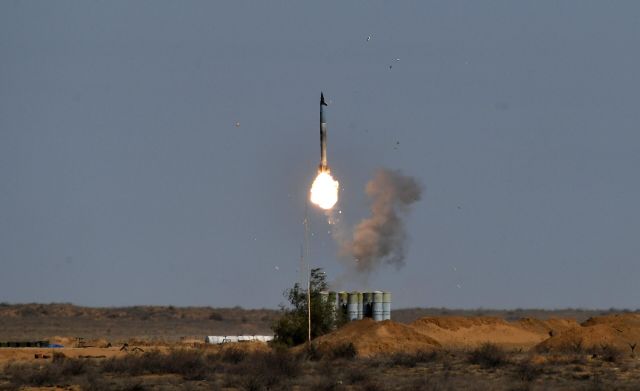
The launcher of the S-400 Triumph anti-aircraft missile system during the Caucasus 2020 command and staff exercises
Image source: © RIA Novosti / Maxim Blinov
In the role of medium-range or short-range air defense systems, the Triumphs are not used in the area of their own. The Russian command does not risk deploying complexes near the front line, as these are very valuable and expensive weapons. These zones are covered by the Buk, Tor and Pantsir air defense systems. The S-400, on the other hand, shoot exclusively at particularly important targets and are not exchanged for small things like drones.
Waiting for Prometheus
Simultaneously with the supply of new S-400 divisions, the Russian army is preparing to adopt the next—generation S-500 Prometheus complex. Its main difference is the increased capabilities for intercepting ballistic missiles. Combining the functions of air defense and missile defense on a single platform will make it possible to reliably cover large cities and important industrial facilities. In particular, the S-500 will protect the mines of intercontinental ballistic missiles, the land—based basis of Russia's nuclear shield.
It is known that the S-500 is capable of operating even on objects in near space at altitudes of 200-250 kilometers, in particular on low-flying military satellites. In addition, this altitude will provide the ability to hit intercontinental ballistic missiles even before the separation of warheads and the release of false targets.
The estimated range is 600 kilometers. Prometheus anti-aircraft guided missiles are ready to shoot down up to ten supersonic ballistic targets flying at speeds of up to seven kilometers per second, as well as intercept hypersonic missile warheads on approach. The inconspicuous fifth-generation fighters will not escape them either.
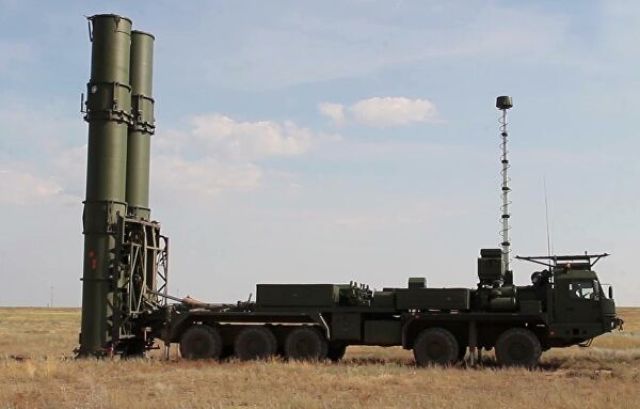
The newest S-500 air defense system conducted test firing at the Kapustin Yar training ground
Image source: © Press Service of the Ministry of Defense of the Russian Federation
Prometheus turned out to be very mobile. The main components are placed on a proven 50-ton ten-wheeled tractor BAZ-69096. Eight out of ten wheels are the driving ones. The engine with a capacity of almost half a thousand horsepower on the highway will produce 50 kilometers per hour. On rough terrain — a little less.
Due to the high complexity of the S-500 project, it has been brought to mind for more than ten years. They planned to adopt it back in 2016, but they delayed with the prototype. Experts already noted at that time that Prometheus would become the world's first platform capable of repelling not only the raid of single missiles, but also full-scale hypersonic attacks.
The designers intend to achieve this by integrating the S-500 into a single network with other systems — S-400, S-300VM4 and S-350 Vityaz. To break through such an "umbrella", the enemy will have to try very hard. And although it is believed that any air defense can be crushed by the number of attacking missiles and carriers, the S-500 is likely to be an exception to the rule.
